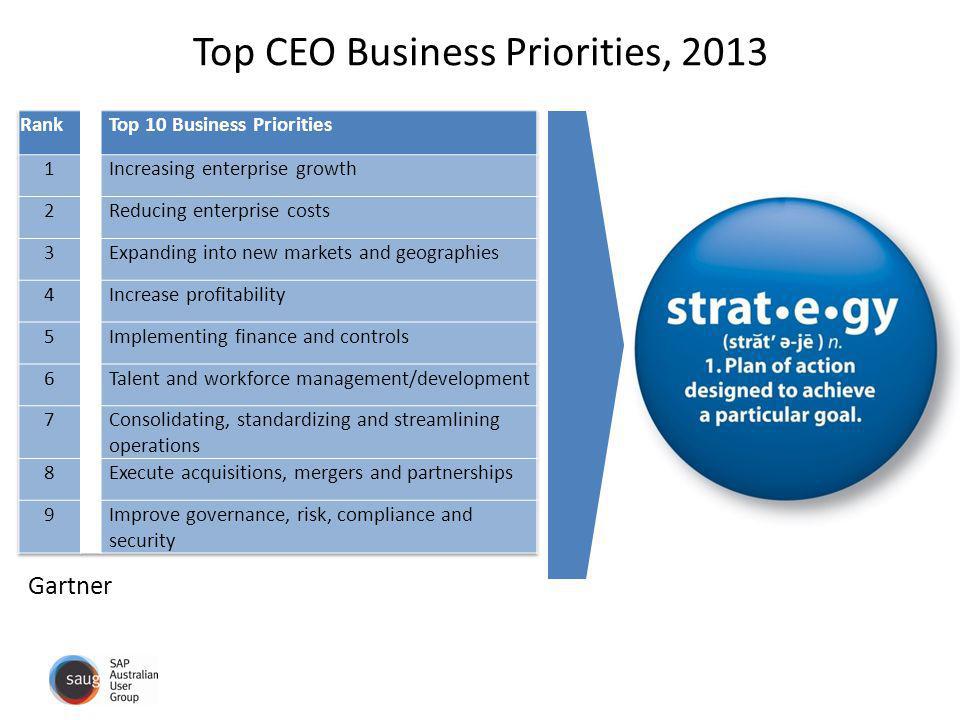

“If sales are down a certain percent today, you’ll want to be tracking that in real time. But, before you start panicking, look at the historical data to see if this dip is a natural progression in your sales or if it is an anomaly. But without real-time data to compare it to, the value of that historical data is limited.Ī blog post from ArcherPoint Retail gives a great practical example of the relationship between historical and real-time data… Companies often spend significant time using historical data to identify and predict trends. It’s a real BI dilemma: do you look at the present at the expense of the past, or do you spend so much time on last month’s numbers that you don’t see the data for today? The strategy for our clients going forward is far more valuable because it is built on both structured and unstructured data. We use both types of data in conjunction with our clients to identify challenges to address and opportunities to embrace.

We use structured data to make sure things are working right technically, and then ask a lot of questions to collect unstructured data about how the solution is working for business.
#Business intelligence strategy ceo software#
Each year, we do an account review with our clients to see how the software we have built for them is performing. A strong BI plan accounts for unstructured data to leverage the insight found there. Too often, business leaders accustomed to data snapshots default to structured data to make decisions. All the old-school data is in a structured form, so you can put it in the database, apply algorithms, and get value from it much quicker.”

It’s not pre-defined and is typically text-heavy information, such as that from social networks or customer comments.Īs explained by Dean Abbott, Co-founder and Chief Data Scientist of SmarterHQ, “Newer types of data are more difficult to use because that data isn’t in a user-friendly form. Conversely, unstructured data is considered a newer type of data. It’s easier to put in a database, search, and analyze. Structured data is considered more traditionally as BI, because it’s quantifiable. You need a clear view of both to have truly insightful business intelligence. External data helps you better understand your customer base and the competitive landscape. Internal data helps you run your business and optimize your operations. According to one survey, “About 65% of respondents rank internal data as more important than data collected outside the company.”īoth kinds of data are helpful. Research has shown that business analysts consider data generated internally to be more valuable. It’s things like statistics from surveys, questionnaires, research, and customer feedback.

External data comes from the market, including customers and competitors. Internal data is information generated from within the business, covering areas such as operations, maintenance, personnel, and finance. “When collecting and analyzing business intelligence data, analysts most often focus on their organization’s internal data (70%), business systems data (59%), and structured data (58%).” ( Source: The Silicon Review) 1. I’m about to share two ideas that could transform your business intelligence (BI).įirst, let’s unpack the idea that not all data is the same.


 0 kommentar(er)
0 kommentar(er)
